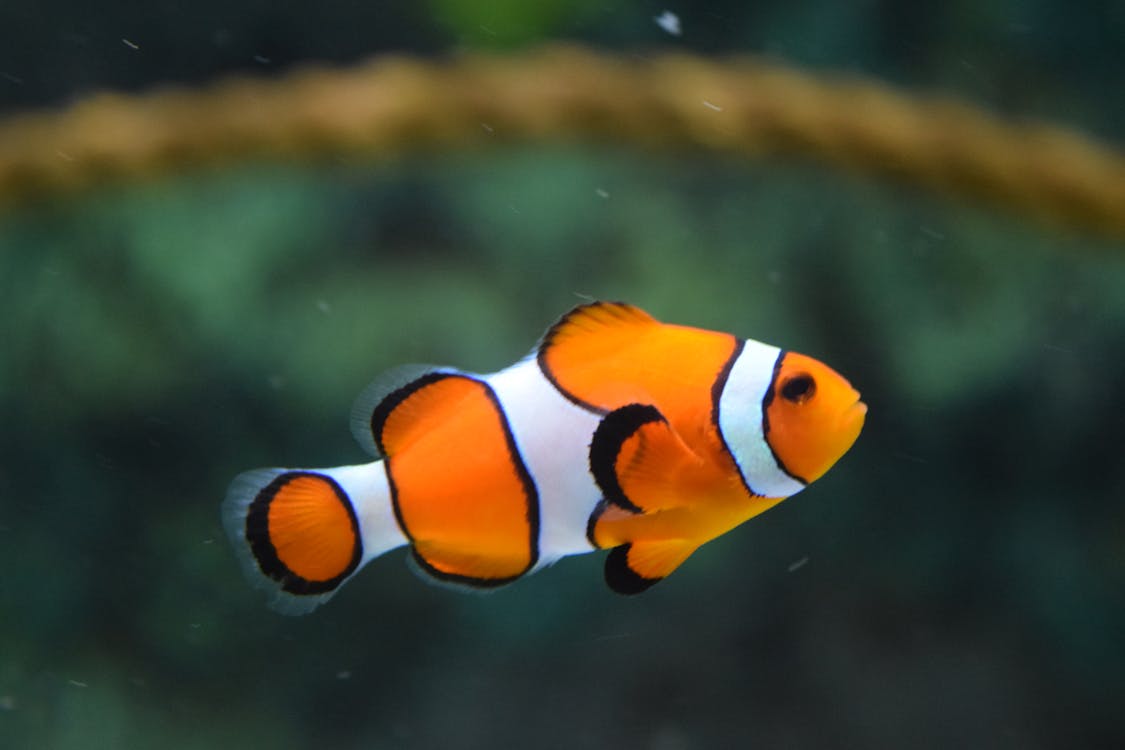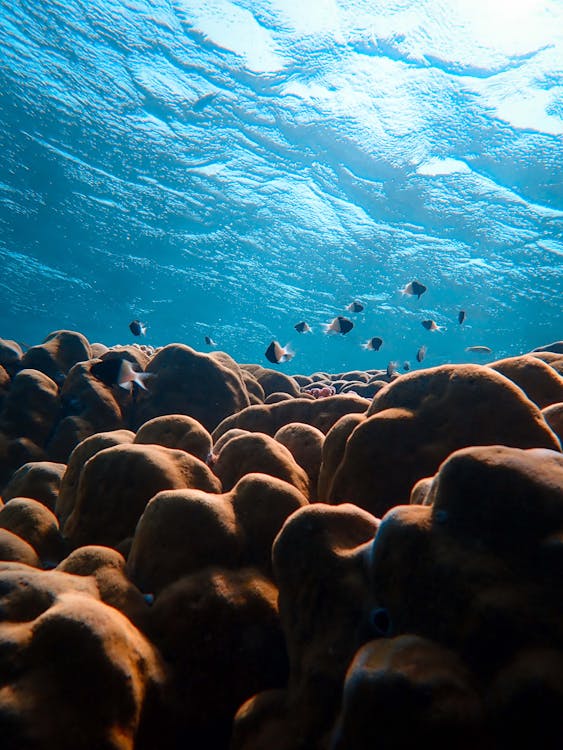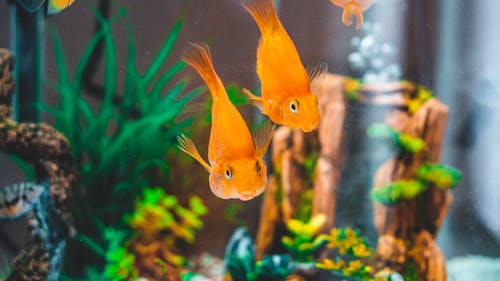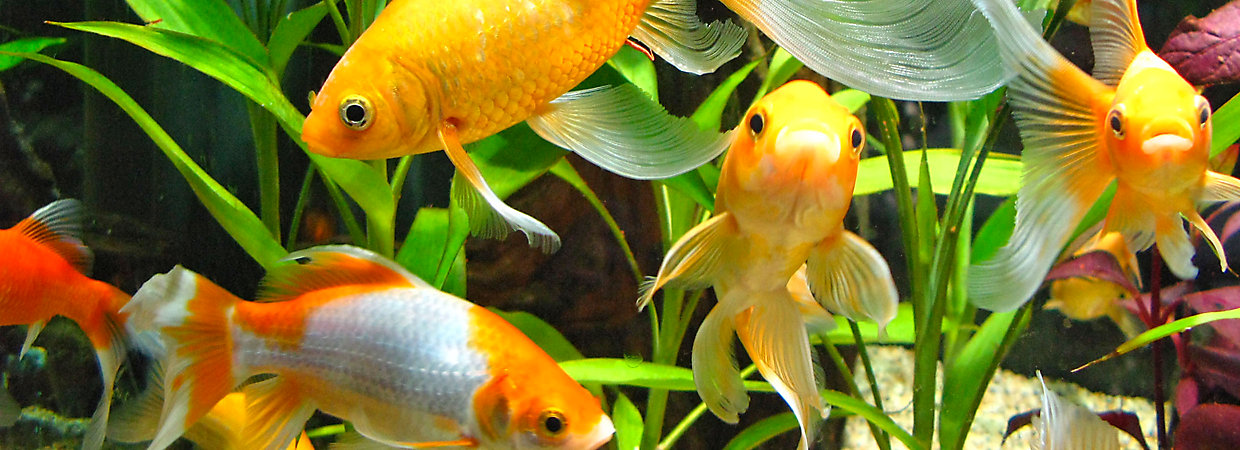Healthy Aquarium Water
Healthy Aquarium Water
Fish need clean, chemically balanced water to thrive.
Your
aquarium’s environment
An aquarium
is a delicately balanced ecosystem that relies on “good” bacteria to keep fish
healthy. When everything is working right, helpful bacteria grow in the
aquarium’s gravel and filter. There, they help break down the ammonia and
nitrite found in fish waste—which, if left unchecked, would be toxic to your
fish.
When you
first set up your aquarium, you’ll need to encourage the growth of these
beneficial bacteria. The process, called cycling, can take 4 to 6 weeks. Using
bacteria starters can reduce the cycling time to 1 to 3 weeks. Here’s how to
start:
1. Set up and fill
the aquarium with water. Do not add fish. Run the aquarium filter for at least
24 hours.
2. Introduce a
small number of danios, gouramis, or livebearers—hardy fish that aren’t as
sensitive to ammonia or nitrites. (The number of fish will depend on the size
of the aquarium)
3. Over
time, the beneficial bacteria should kick in and balance the chemistry in the
aquarium. Once the water is ready, you can slowly introduce new fish.

How do I
care for aquarium water?
Daily
· Be sure to check
the water temperature in your tank every day. You must have a thermometer. Details about temperature will be discussed later.
Weekly
· Replace 10% of
the tank with clean water
· Test the water's
pH, ammonia, nitrite, nitrate, hardness, alkalinity, and chlorine. Details later.
· Clean away any
algae.
Monthly
· Vacuum aquarium
gravel
· Replace 25% of
the tank with clean water
· Inspect filter;
rinse or replace the cartridge, carbon, and pre-filter if necessary
· Remove and clean
plastic plants and decorative items
· Replace airstone
· Prune live
plants if necessary.

What
chemicals are in the aquarium water?
pH levels
· Normal pH range:
6.5 to 8.2
· This is the
acid/base activity in the water
· Rapid changes in
pH levels are unhealthy for your fish
· The stability of
the pH is related to water alkalinity.
Chlorine
and Chloramine
· Normal results:
0.0 mg/L
· Chlorine and
chloramine are found in city water and must be removed for fish.
· The chlorine in
tap water is toxic to fish. Use a dechlorinator to clean any water before
adding it to the aquarium.
Ammonia
· Normal results:
0.0 to 0.25 mg/L
· Once an aquarium
has been cycled, it should have no ammonia. In new aquariums, ammonianeutralizers can be used to lower ammonia levels.
Nitrite
· Normal results:
0.0 to 0.5 mg/L
· Nitrite reduces
the oxygen in your fish’s blood. If nitrite levels spike, change the water
until it is at a safe level. You can also add aquarium salt to your tank (use 1
to 3 teaspoons per gallon, 0.1-.03%) to reduce nitrite toxicity.
Nitrate
· Normal range: 0
to 40 mg/L
· Nitrate
encourages algae, so keep the levels low. A water change will help lower
nitrate levels. (Visit our Nitrate Control Guide)
Hardness
· Normal range:
100 to 250 mg/L
· Hardness refers
to the levels of calcium and magnesium in the water. Test the hardness of your
tap water and make changes to the aquarium water as needed.
· Water with high
hardness usually has a high pH. Softening the water will lower the pH level.
Alkalinity
· Normal range:
120 to 300 mg/L
· Low alkalinity
can result in a sudden change in the tank’s pH level that may be deadly to your
fish. Test tap water alkalinity and change water as needed to maintain proper
alkalinity.
· Increase the
alkalinity of the water to stabilize the pH level.
Temperature
· Normal range: 74
to 82 degrees Fahrenheit. (23 to 28 C)
· Sudden swings in
temperature can harm fish. Use an aquarium heater to keep a consistent
temperature in winters while use computer fans to cool off your tanks in summer.

What kind
of filtration does my aquarium need?
There are 3
methods of aquarium filtration: biological, mechanical and chemical. Your
aquarium needs all 3 types to neutralize ammonia and nitrites and remove debris
and contaminants. These common filtration systems employ all 3 methods:
· Under-gravel filter: A slotted plate beneath the gravel bed circulates water continuously.
· Power filter:
Ideal for tanks up to 55 gallons, a power filter can be combined with an
under-gravel filter for aquariums with a lot of fish.
· External powerfilter: Located on the back of the aquarium, this style draws water from the
tank and pumps it through a replaceable cartridge.
· Canister filter:
Ideal for aquariums 55 gallons and larger.


Comments
Post a Comment